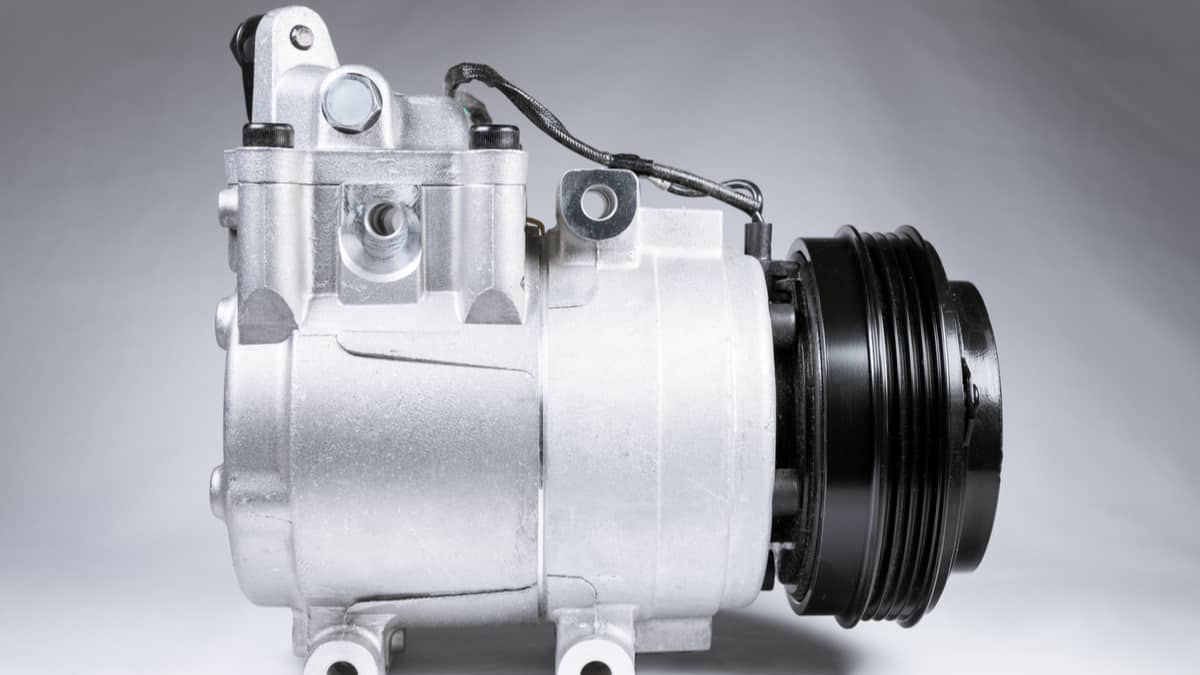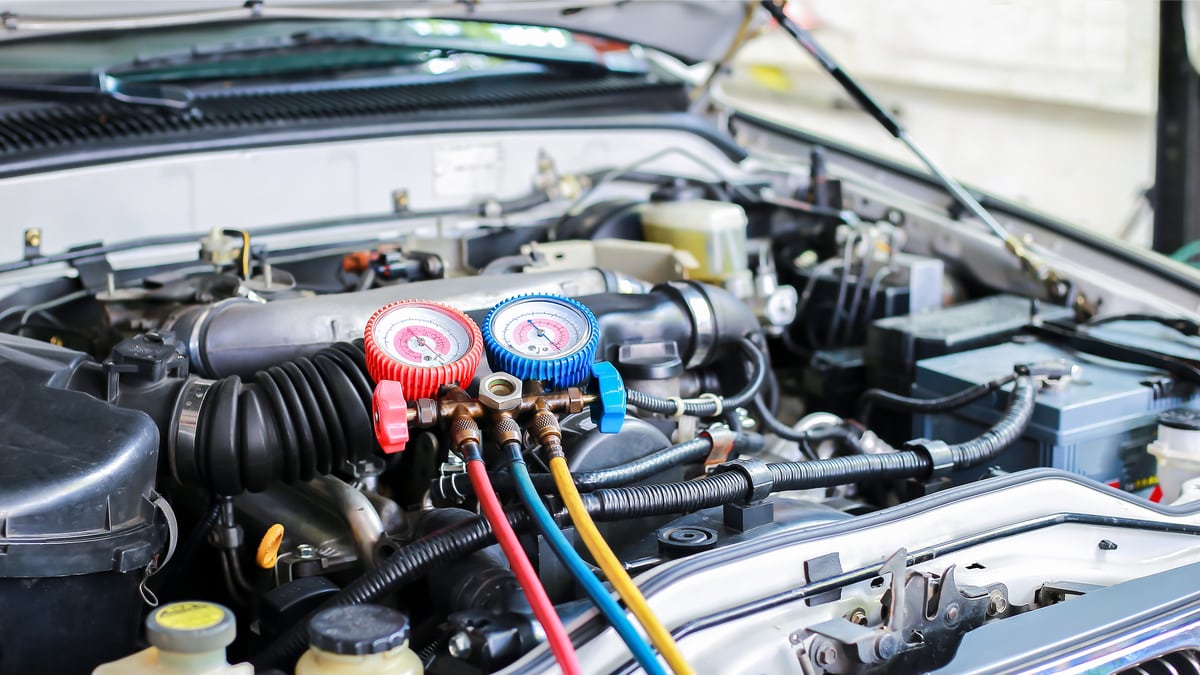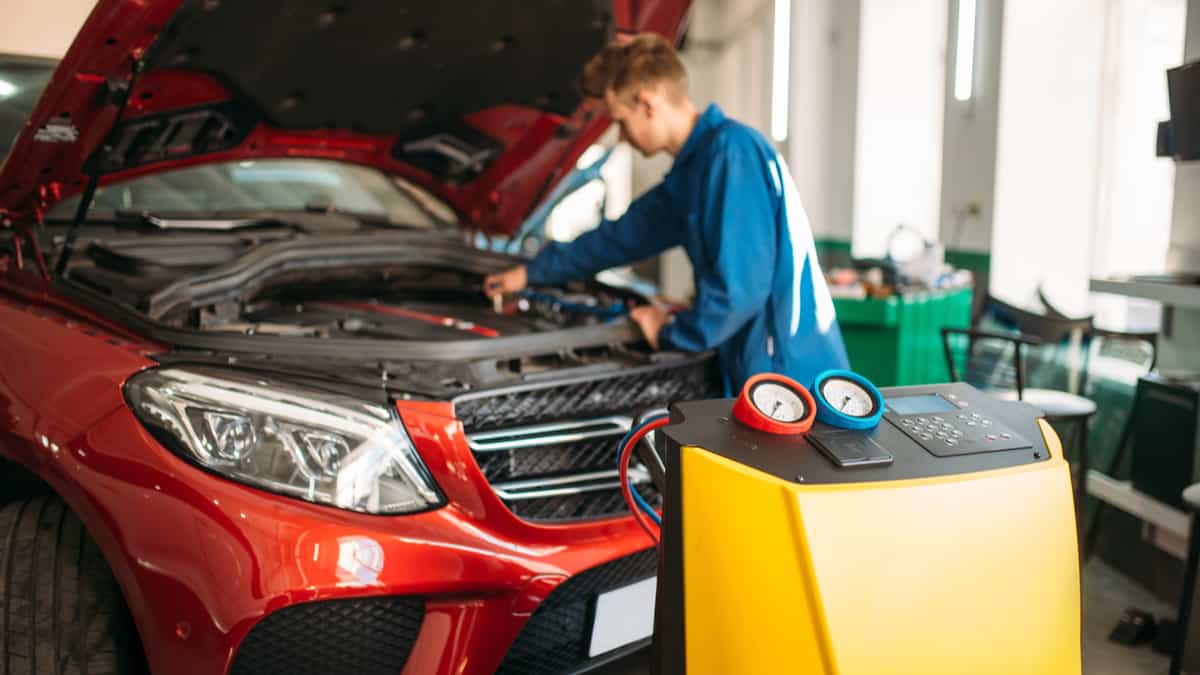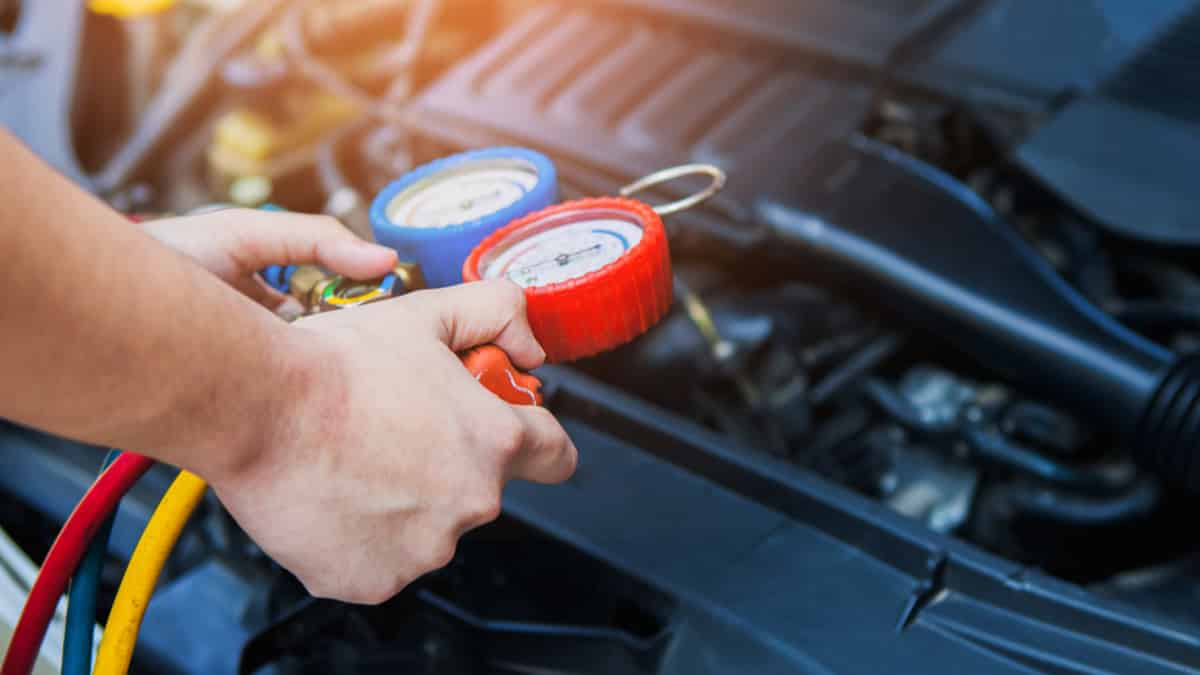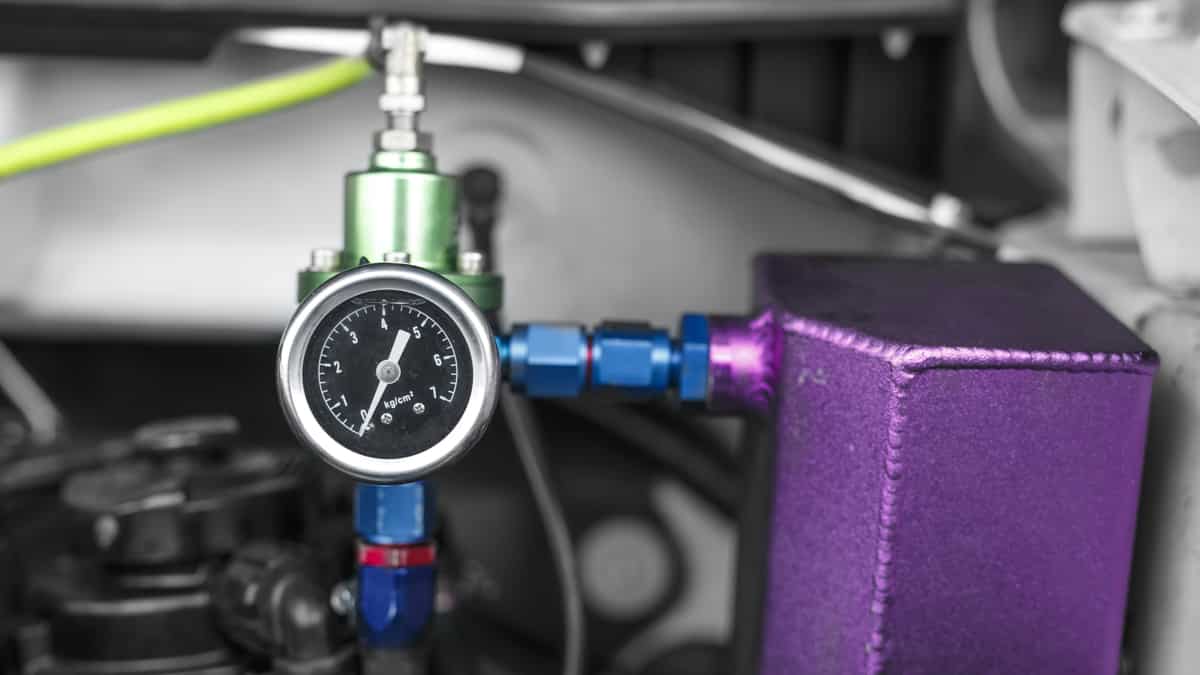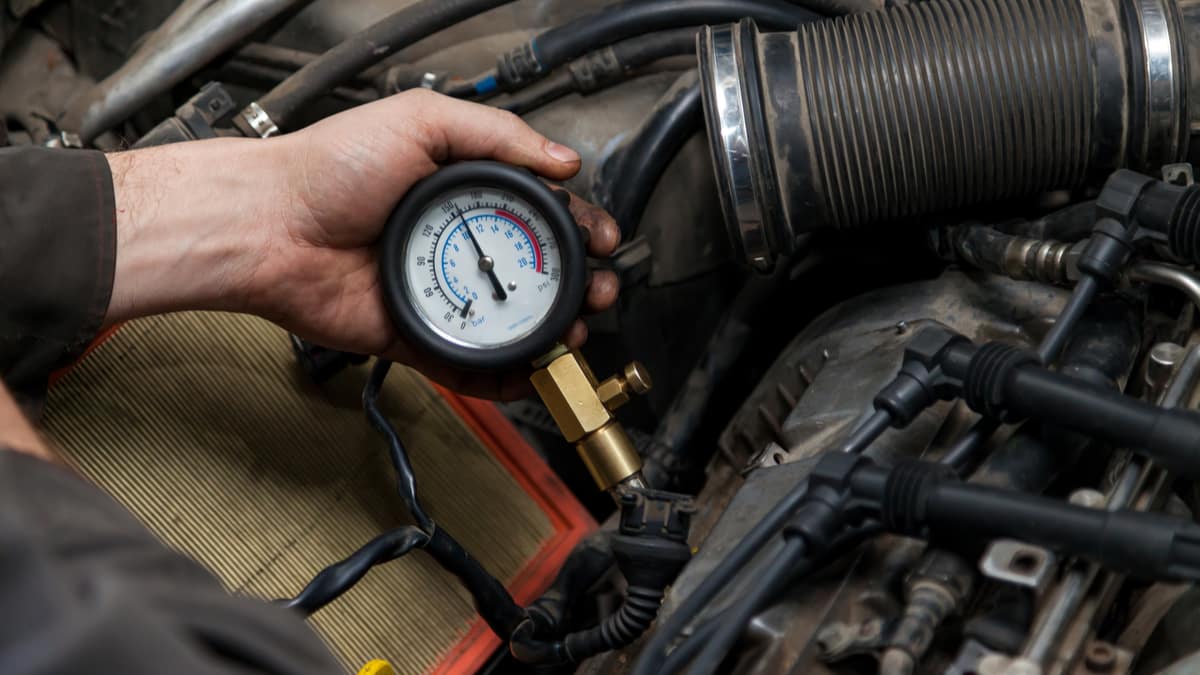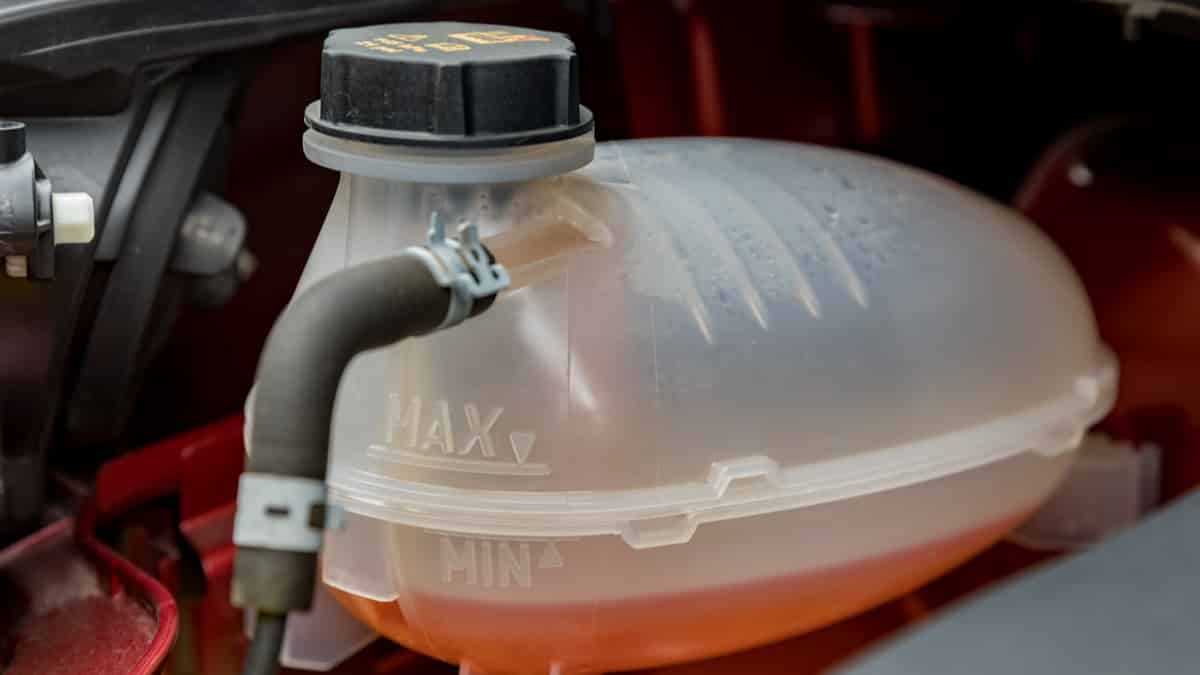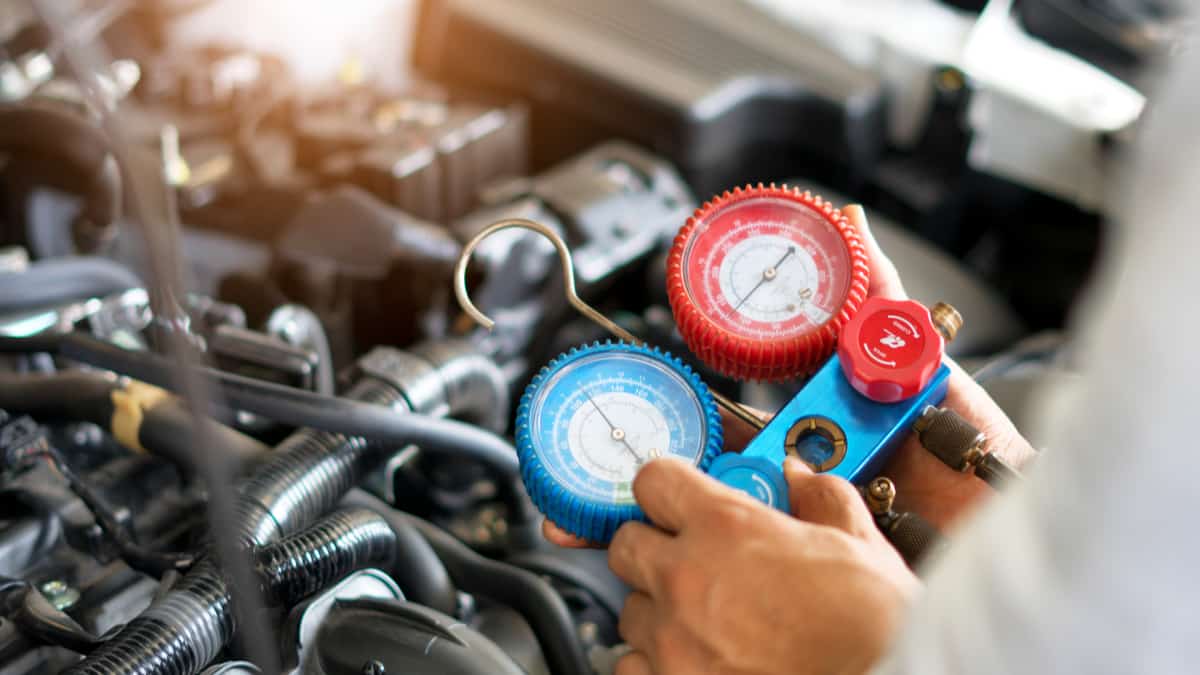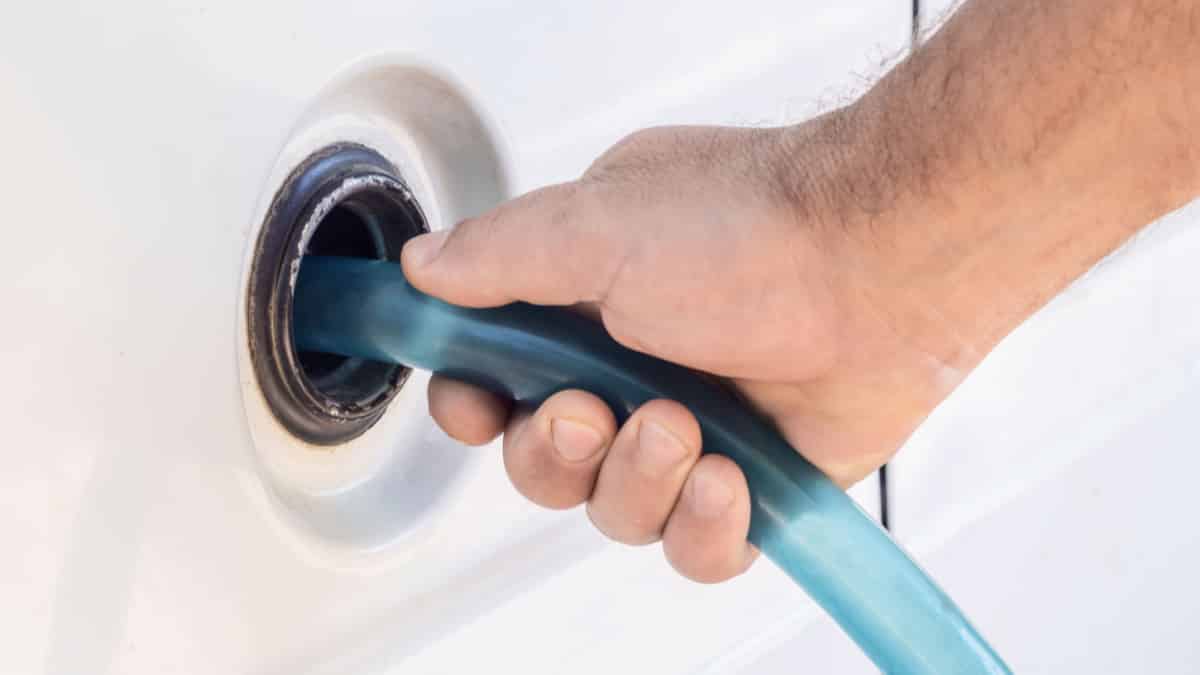On a hot summer day, you make a mad dash to your car in hopes of getting some relief. In these moments, there’s nothing worse than having a car air conditioner that isn’t working right. Sometimes, these issues are just signs that your car’s air conditioner needs Freon.
In this article, I examine the various signs that it’s time to recharge the A/C. I also show you how to get the system working once again. Plus, I offer an estimate on the repair costs, so you know what to expect.
Car AC Low Freon Symptoms
The main symptoms of low freon in a car include:
- Blowing warm air from vents
- AC clutch doesn’t engage
- Leaking AC system
- Low Pressure on Gauges
- Low Sight Glass Reading
Here is a more detailed list of the signs of low freon in a car to look for:
1. Blowing Warm Air
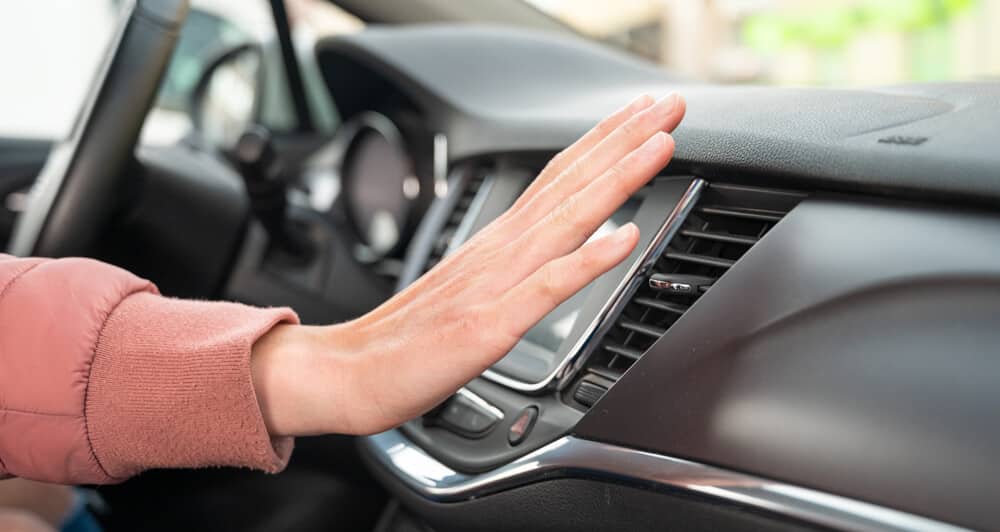
The entire purpose of having air conditioning in the car is to keep the cabin cool. When the system isn’t working right, you might first notice that the air becomes warmer or simply doesn’t get as cool as it once did.
As the amount of Freon in the system continues to decrease, the air should get warmer. However, this problem can also be caused by a bad condenser or compressor, so you need to do some diagnostics before adding Freon.
RELATED: Car AC Not Blowing Cold Air? Common Causes
2. AC Clutch Doesn’t Engage
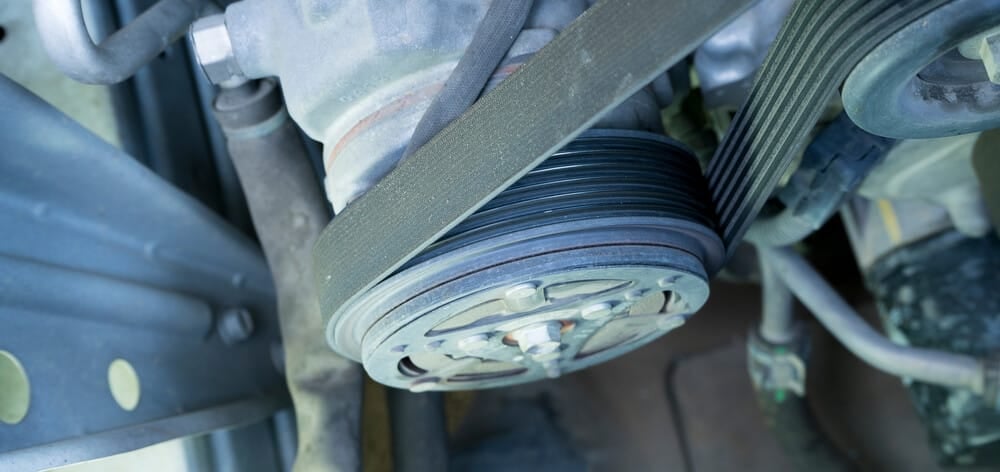
When the air conditioning system works as it should, the clutch engages to pressurize what’s inside the compressor. You know it’s happening because you hear the typical clicking sound that occurs when it’s engaged.
If the Freon levels get too low, the clutch may not engage. However, this problem is also common when there’s a blown fuse, a poor ground connection, or a bad engine coolant temperature switch.
RELATED: 5 Signs of a Bad AC Compressor Clutch (& Replacement Cost)
3. Leaking System
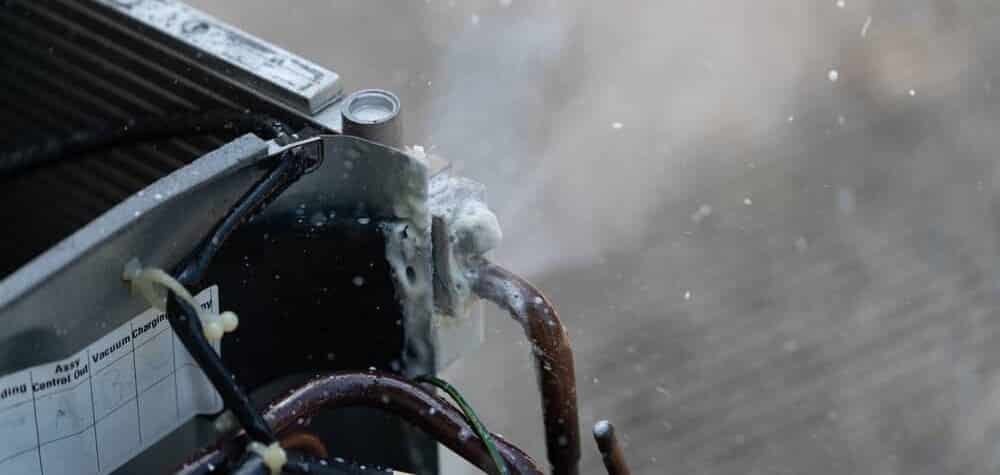
Air conditioning leaks are one of the most common causes of low Freon. You might notice where the leak is occurring because of the oil that is in the refrigerant. It can appear on the surface as grease with a lighter color. Check the pressure lines, condenser, fittings, accumulator and other components to see if you notice any of this oily substance. If you think you see it, wipe it down and see if it comes back.
Of course, there’s always the chance that there was a more abrupt loss of Freon. If there is a leak in the fittings, hoses or seals, the Freon can be lost much faster. Sometimes, you will notice a white-colored cloud from wherever the leak is, and you could hear hissing as the pressure is lost.
RELATED: Does AC Stop Leak Sealer Work? (& Is it Bad?)
4. Low Pressure on Gauges
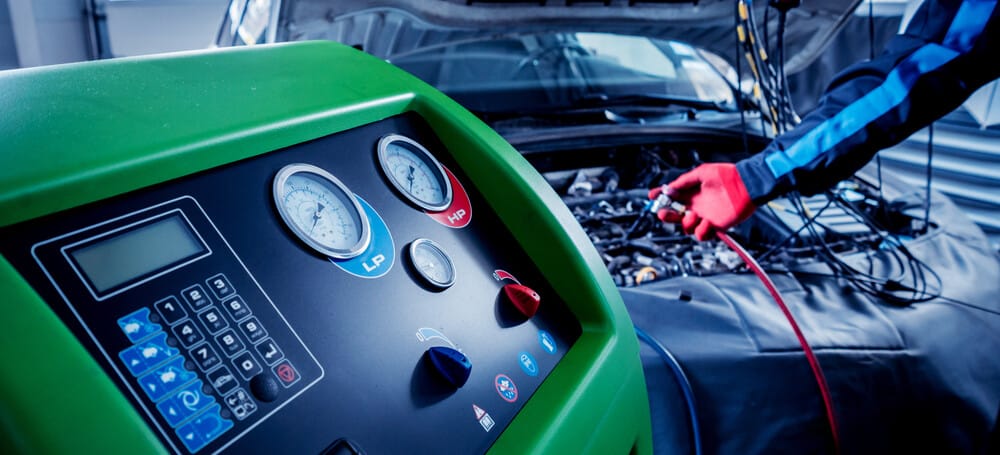
If you are performing some basic AC checks, you might notice that the system is low. Connect the manifold gauges to the low- and high-side ports.
Start by reading the gauges with the engine turned off. With the engine running and the air conditioning on high, the low side might read between 35 and 40 psi, while the high side is going to register between 200 and 350 psi. If you get anything lower than this, the system needs Freon.
5. Low Sight Glass Reading
Some vehicles are equipped with a sight glass on the air conditioning system. If you have this setup, it’s simple to tell when the car needs more Freon.
Through the sight glass, you can see the Freon on the high-pressure side. At optimal levels, the clear fluid will be moving freely through the line. However, when the system gets low, there are going to be bubbles present. If there’s nothing inside the sight glass, it’s safe to assume that it’s void of Freon.
How to Recharge Car Air Conditioning
We strongly suggest using a certified workshop to fill and check your air condition system. Freon is bad for the environment, and you can do very expensive damage to your AC system if you don’t have the proper expertise.
If your car’s AC system is empty of freon, you need to make a leak check before refilling it. It may also be illegal in your state or country to refill the system yourself without the right certification.
Still, here are some ways to do it.
1. Attach Recharge Kit
With the appropriate recharge kit, you can get the Freon back up to desired levels in just a few minutes. Attach the hose with the quick-connect fitting to the AC port. Push down until it clicks in place.
Do not pull the trigger on the kit yet. Otherwise, you will release the refrigerant from the car’s AC into the air.
2. Add Refrigerant
Start the vehicle and watch the manifold gauges. Turn on the air conditioning to the highest setting. When the compressor engages the clutch, the low side should be at least 35 psi. You want to get the reading near 40 psi when possible.
Screw the can of refrigerant to the recharge hose. While holding it upright, squeeze the trigger for a few seconds while the refrigerant is added to the system. Release the trigger and check the pressure gauges to ensure you don’t overcharge it. Repeat this step until you get to 40 psi.
3. Check Temperature
Once the pressures are in the normal range, it’s time to check your work. Head into the cabin and check the temperatures with a thermometer in one of the vents. You should get a reading between 40 and 50 degrees Fahrenheit if everything is working correctly.
If you still aren’t getting the right cabin temperatures, something else could be wrong. If you aren’t sure how to troubleshoot the car, you want to head to a professional where the compressor, cooling fan, condenser, and electrical system can all be checked.
Cost to Recharge Car Air Conditioning
To have the car air conditioning system professionally recharged, you might spend between $125 and $200 for the parts and labor. The service visit shouldn’t take more than one hour, unless it’s packaged with other services at the same time.
If you want to save money, consider recharging the air conditioning system at your home garage. If you already have the tools, the cost to recharge the system at home might only be around $20 to $30, so you can save a good chunk of change. Keep in mind that you may need the right certification depending on your state and country. You are also at risk of damaging things if you attempt to do the work without the right expertise.
RELATED: How Much Does an AC Recharge Cost? (Average by Model)
Categories: Air condition, Maintenance


